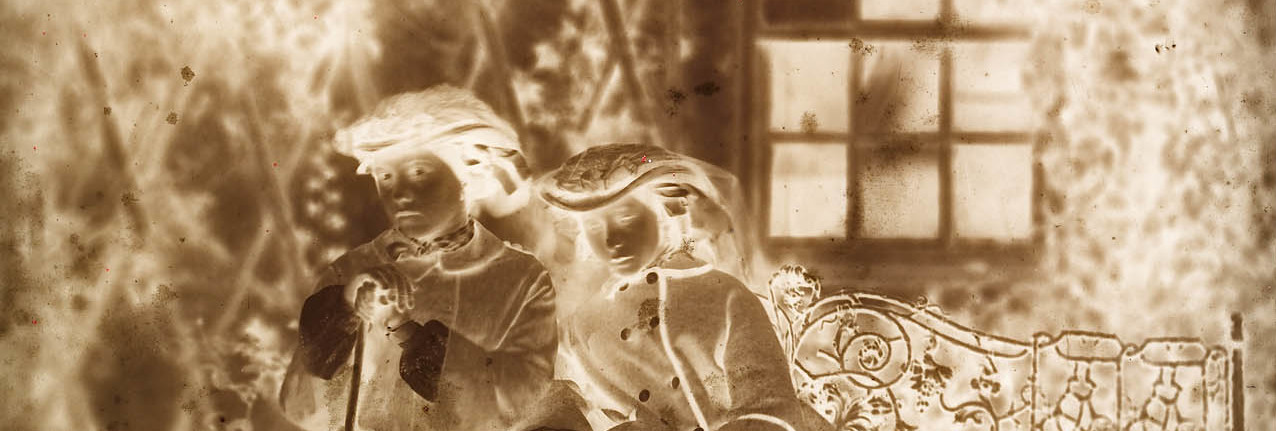
Learn more about the photographic techniques available in the mid-19th century
Hand colouring
Photography was often criticised because of its restricted, black and white appearance. An 1842 article stated,
It must want colour. . . and its best likeness can be only that of a rigid bust, or a corpse.
To combat this, many photographers took to offering coloured portraits through hand colouring.
One of the early photographers to develop a means of colouring portraits was William Edward Kilburn. In 1847, Kilburn showed his coloured daguerreotype portraits at the Royal Society, London. The following year, Prince Albert commissioned Kilburn to take his portrait. The portrait, shown below, was coloured with fine, coloured powders, providing a unique vision of the young Prince. The powders were lightly applied so as to be translucent. As a result, details such as folds in clothing and hair are still visible. This gives the work a highly realistic feel. Kilburn worked, however, with a certain level of artistic licence. The photograph was taken in a studio with a blank background but Kilburn has placed the young Prince against a cloudy sky.







